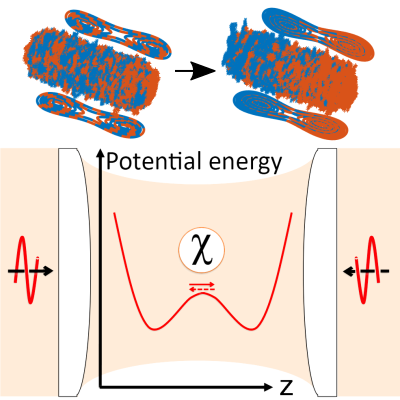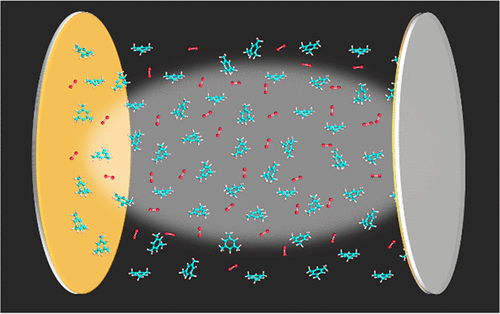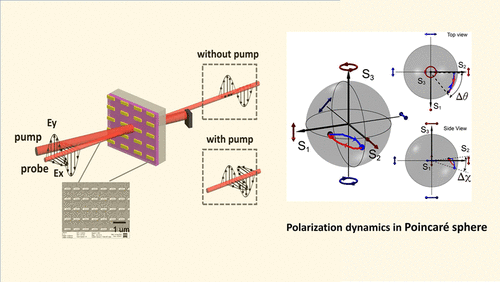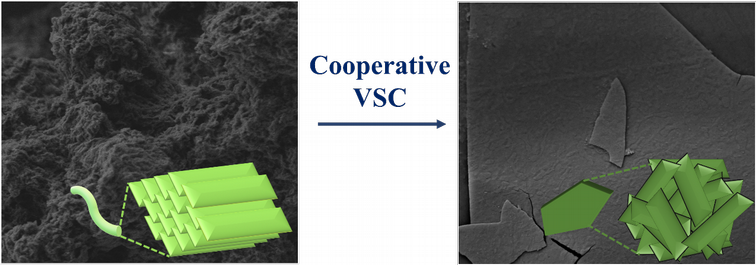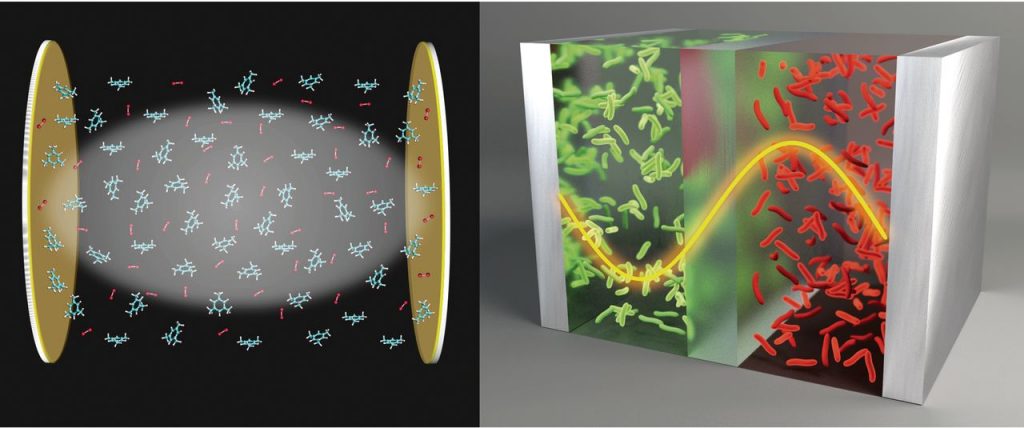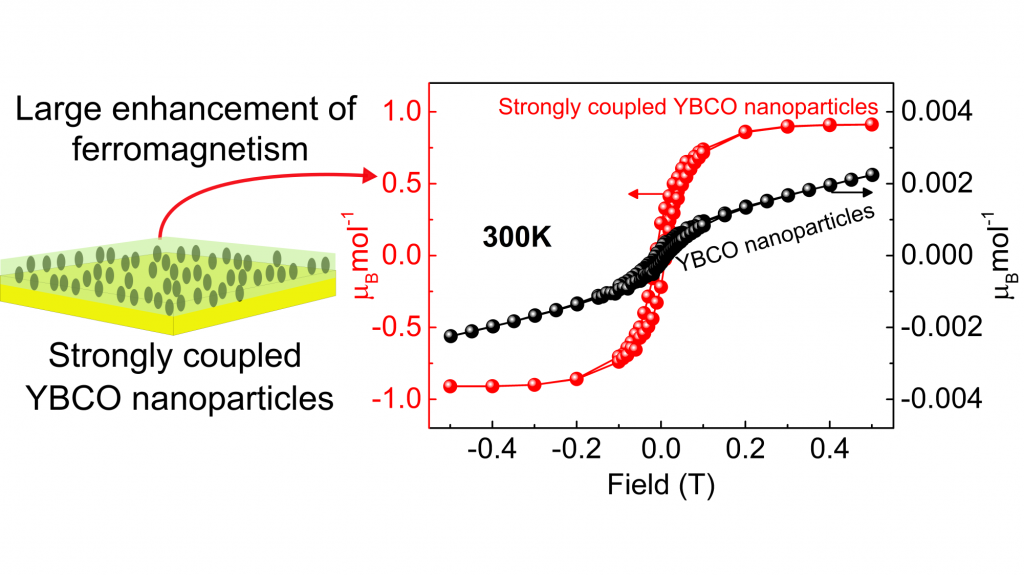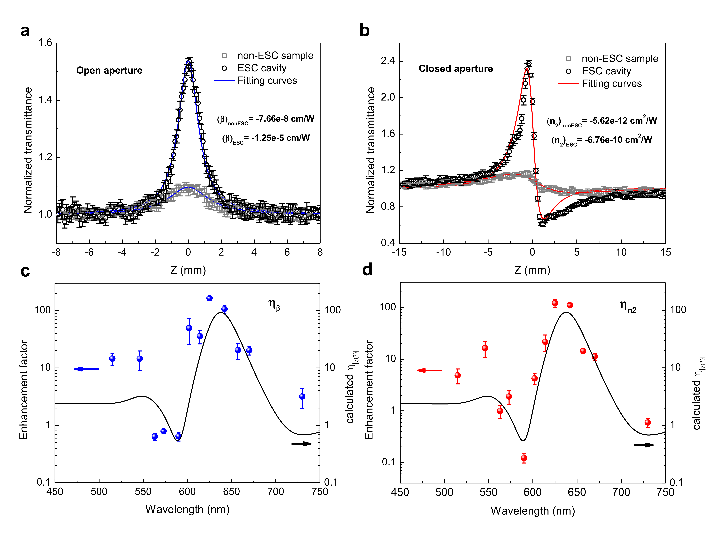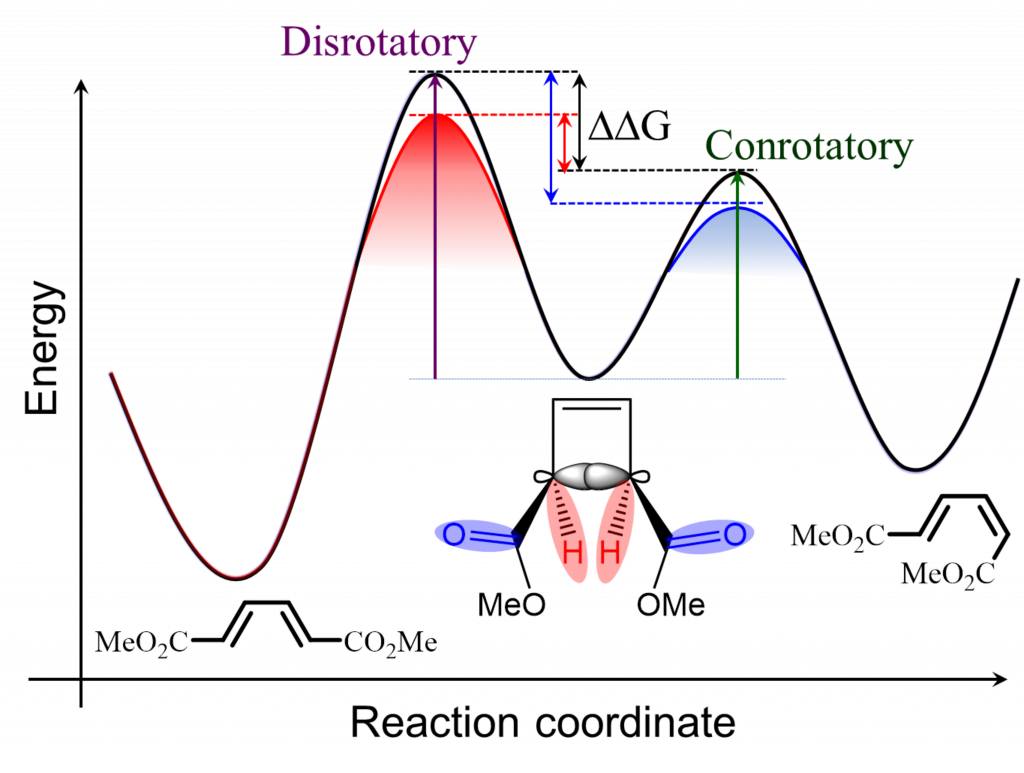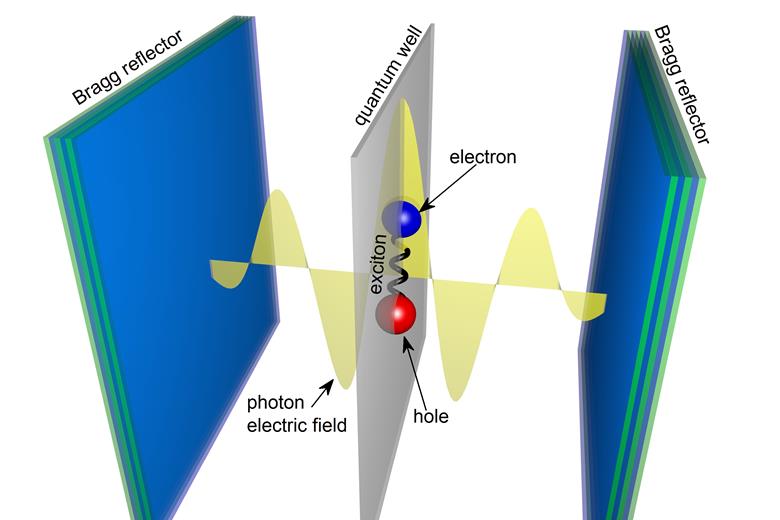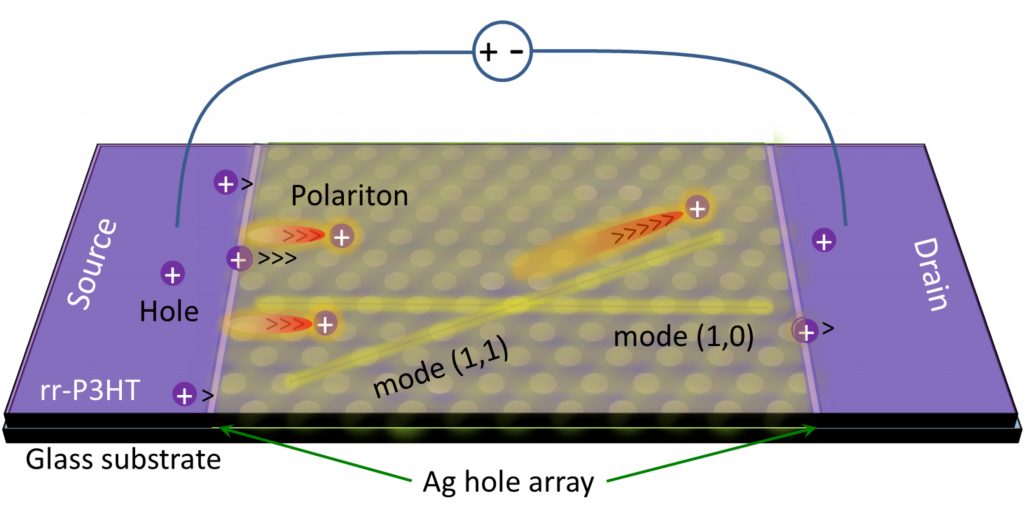The left-handed versus right-handed asymmetry of our living world—a “chirality” seen most often in mirror-image architectures of many biomolecules—is one of its most striking features yet one of the most difficult to comprehend. Immersing chiral molecules within chiral environments is an important route to asymmetry, exploited in chemistry for synthesizing and separating chiral molecules according to their handedness. However, the thermodynamics of such a route is not well understood. In a new publication in Physical Review X, we theoretically explore this thermodynamics using a chiral nanoparticle diffusing within a chiral optical light field.
Demonstrating how chiral degrees of freedom can turn into genuine thermodynamics parameters yields a new and rich playground for further exploring chiral light-matter interactions with far-reaching consequences. To that end, we build a stochastic optomechanical model to reveal and control the mechanisms of asymmetry. One central result of our work is to highlight the thermodynamical significance of the coupling between the chirality of the particle and the chirality of the light field.
Our results pave the way to new opportunities in the context of chiral sensing, recognition, and separation of chiral objects at the nanoscale that should now be implemented experimentally and exploited.

